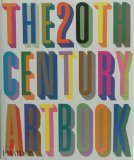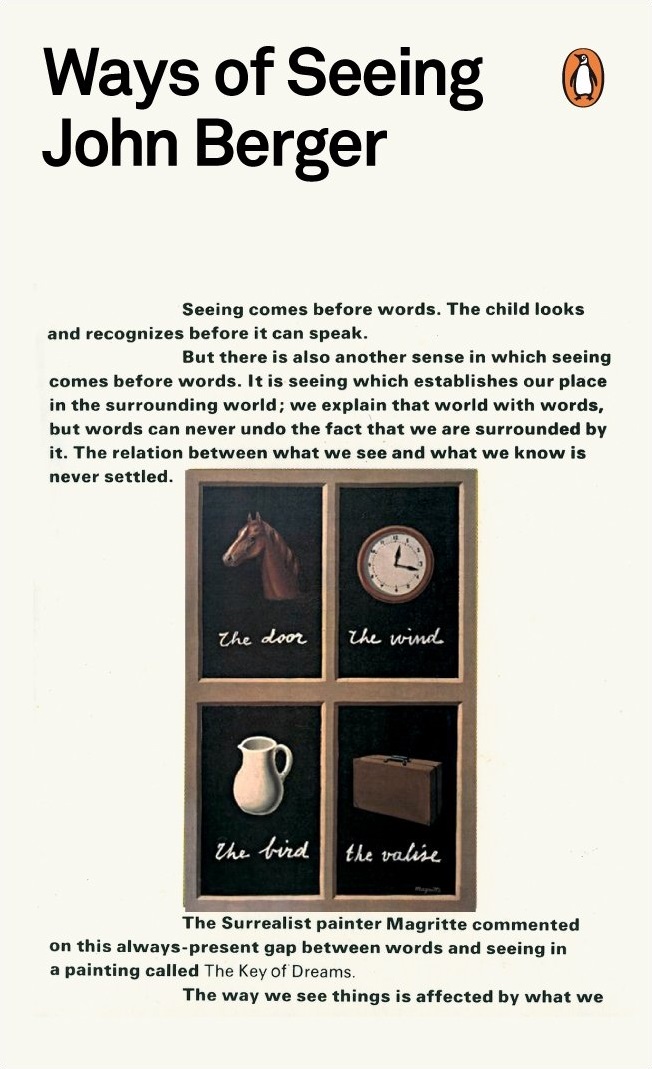
The Shock of the New
Book Description
Art has never been more exhilarating—or more shocking. In 'The Shock of the New,' Robert Hughes propels readers through the electrifying evolution of modern art, capturing the fervor and upheaval of creative revolutions. Each chapter is a vivid explosion of color and chaos, revealing the rebellious spirits who shattered conventions and redefined beauty. From Impressionism to Abstract Expressionism, this exploration unfolds like a gripping cinematic journey, where art reflects the tumult of society itself. What drives artists to confront and reinvent the world around them, leaving indelible marks on culture as we know it?
Quick Book Summary
"The Shock of the New" by Robert Hughes is a sweeping and insightful exploration of modern art from its origins in the late nineteenth century to the late twentieth century. Hughes provides a vivid narrative of how successive waves of artists—from Impressionists to Abstract Expressionists—broke away from established conventions to revolutionize artistic expression. He places these transformations within their social, political, and technological contexts, showing that art is not created in a vacuum but mirrors, challenges, and shapes the world around it. Throughout, Hughes investigates what compels artists to defy tradition, how their innovations reflect shifting cultural attitudes, and why their works can elicit both admiration and outrage.
Summary of Key Ideas
Table of Contents
The Relationship Between Art and Social Change
The evolution of modern art is inseparable from the societal upheavals that marked the nineteenth and twentieth centuries. Hughes illustrates how the Impressionists, reacting to rapid industrialization and urban growth, sought new ways to capture the fleeting qualities of modern life. Their departure from academic painting mirrored the broader desire for individual expression and authenticity erupting in society. This spirit of rebellion continued as new movements like Cubism, Futurism, and Dadaism embraced changing realities and questioned art's very purpose.
Breaking Away from Tradition: Artistic Innovation
As artists broke from tradition, the definition of art itself expanded. Hughes details how innovation was often met with fierce resistance, as audiences and critics struggled to accept new forms, techniques, and subjects. Yet, these innovations forced viewers to confront uncomfortable truths about their own values and assumptions. By experimenting with abstraction, collage, and unconventional materials, artists like Picasso and Duchamp challenged conventional expectations and paved the way for even more radical expressions.
The Role of Technology and Urbanization in Art
Technological advances and urbanization transformed both the content and production of art. The rise of photography and cinema, for example, compelled painters and sculptors to redefine their mediums. Hughes discusses how these changes fueled an era of artistic cross-pollination. Movements such as Surrealism absorbed contemporary discoveries in psychology and science, using imagery to probe the unconscious mind. The city, with all its chaos and energy, became a central motif—a symbol of both progress and alienation.
The Artist as Rebel and Visionary
Central to Hughes' narrative is the figure of the artist as a cultural revolutionary. He explores the personal motivations and philosophical convictions that led individuals like Kandinsky, Pollock, and Mondrian to push artistic boundaries. These artists did not simply react to change; they often anticipated and provoked it, embodying the tensions of their time. For many, the act of making art became a form of social critique, a search for meaning amid confusion and conflict.
Art's Ability to Shock and Alter Perception
Above all, "The Shock of the New" stresses art’s enduring power to shock and revitalize perception. Hughes argues that the provocations of modern artists are essential—not just for art lovers but for society as a whole. By challenging complacency and upending aesthetic norms, modern art compels viewers to see and think differently, making each encounter with revolutionary work a chance to reassess the world and our place within it.
Download This Summary
Get a free PDF of this summary instantly — no email required.





